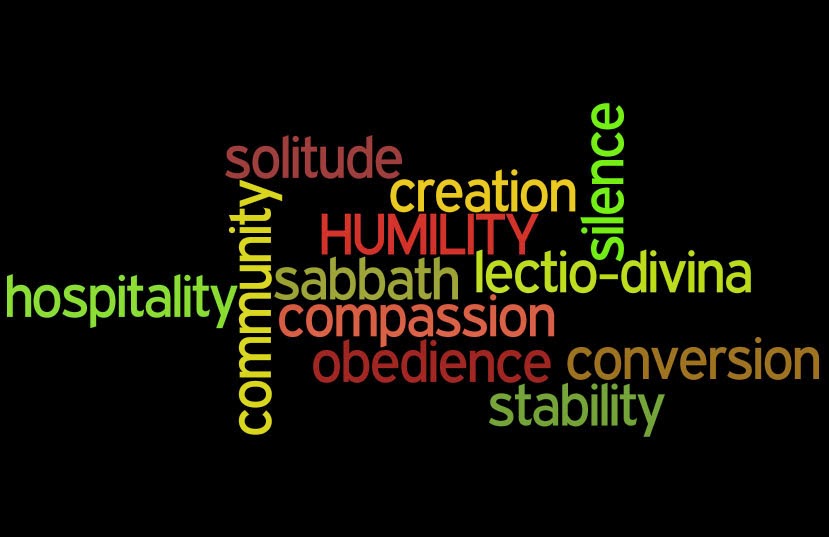As A MONK IN THE WORLD WE ARE LEARNING THE TEACHINGS AND PRINCIPLES OF CHRISTIAN MONASTICISM AND HOW WE CAN APPLY THEM TO OUR LIVES OUTSIDE THE MONASTERY WALLS.
humil’ity, n [L. humilitas.]
freedom from pride and arrogance; humbleness of mind; a modest estimate of one’s own worth; a deep sense of one’s own unworthiness in the sight of God; self-abasement; penitence for sin; and submission to the divine will.**
Showing respect to the Lord will make you wise and being humble will bring honor to you. ~ Proverbs 15:33
One of the toughest things to learn and practice is humility. Certainly not a topic of daily conversation. But in the last couple of years this is exactly where God has had me parked. And I am reminded of it regularly.
Why?
Because I struggle with pride, vanity and every possible opposite of humility.
I will sit and think lowly of myself, having a pity party, imagining no one cares about me, thinking that nothing I do matters to anyone. I never imagined doing this was prideful.
In fact I am having an immodest estimate of my own worth. I am thinking I should be more important to everyone else than they seem to be showing me.
Everyone who tries to honor himself shall be humbled; and he who humbles himself shall be honored. ~ Luke 14:11
This saying demonstrates that all exaltation is a type of pride. ~ The Rule of Benedict 7:2
Saint Benedict’s Rule has humility at its core because humility is at the core of the Gospel. That means it should be at my core as well.
I might be walking around with humble behavior. But if in my heart I am always seeking more recognition… I’ve still got a lot of work to do!
**Noah Webster 1828 Dictionary










